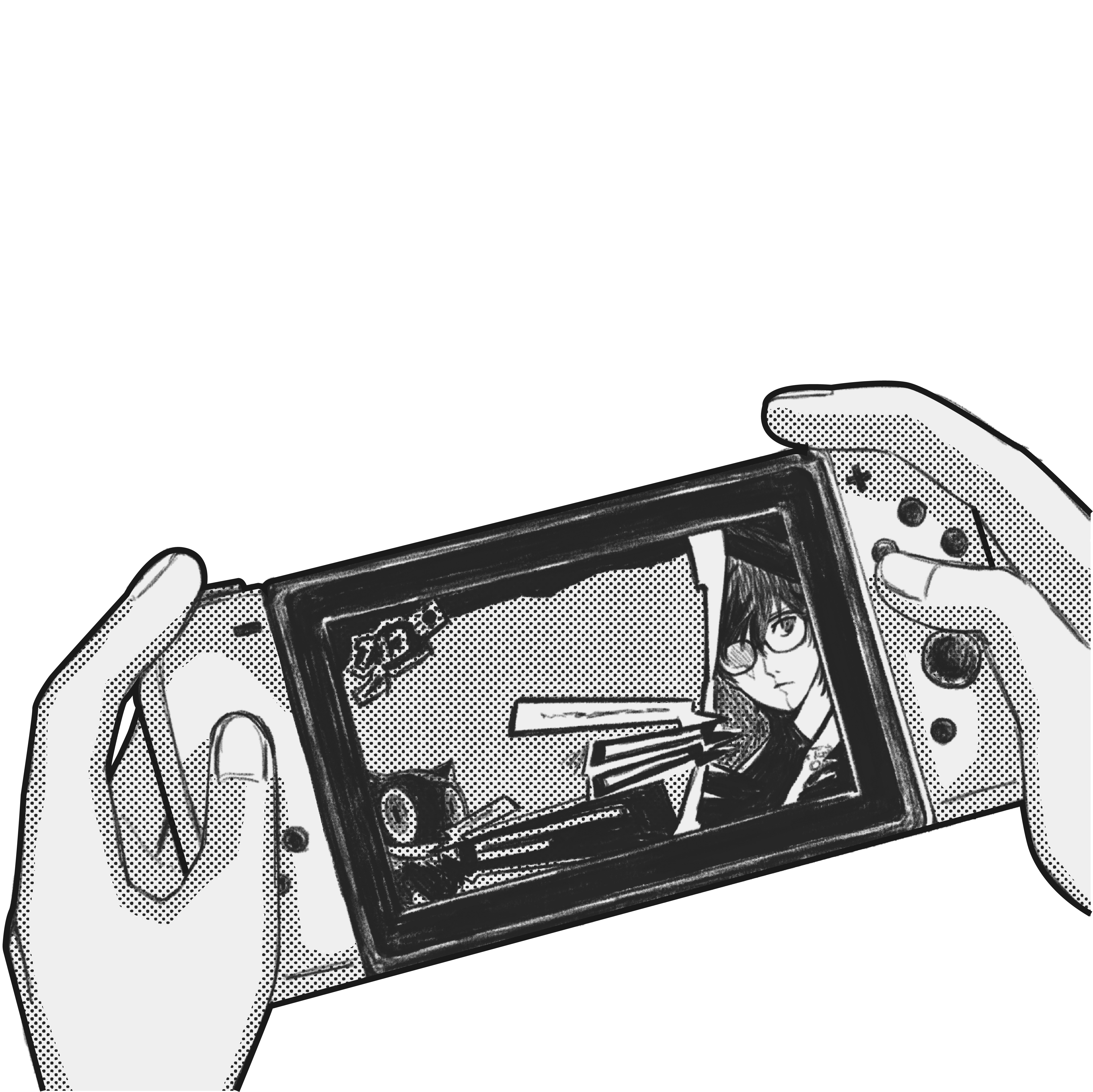Parasocial relationships are a one-sided connection to a figure that either does not exist (as in a character in a comic book, movie, or TV series) or does not know the other party exists (as in a celebrity). These can include admirations for celebrities, sports players, or fictional characters (Hartmann, Stuke, & Daschmann, 2008; Banks & Bowman, 2016). These relationships develop after the viewing, reading, or playing of the media with the consumer somehow relates to the character or celebrity (Rosaen & Dibble, 2016). These relationships with fictional characters can be common among clients that are viewing, reading, or playing many different forms of media. With these attachments to fictional characters, it is curious to figure out as to why these unrequited relationships develop for people that are watching television shows and movies, playing video games, or reading books.
There are many different reasons why a client would develop parasocial relationship with a fictional character. For example, a client might be going through a similar experience as a character. Another way is that the character could have traits they admire, such as bravery or strength. Since it is not uncommon for people to have at least one fictional character in a piece of media that they feel a connection to, it could be an important topic for expressive arts therapists to explore these relationships with their clients.
Parasocial relationships are bonds that are created with a media figure by an audience member. These one-sided connections are made by the fan of the work to fulfill needs, wants, and a desire to be with the character in either a platonic or romantic way.1 2 The relationships can lead to the creation of art and the facilitation of real relationships. There are real emotions and gratification through these parasocial relationships, even though they are with works of fiction.
1 S. F. Rosaen and J. L. Dibble, "Clarifying the Role of Attachment and Social Compensation on Parasocial Relationships with Television Characters," Communication Studies 67, no. 2 (2016): 147–162, https://doi.org/10.1080/10510974.2015.1121898.
2 R. Tukachinsky, "When Actors Don't Walk the Talk: Parasocial Relationships Moderate the Effect of Actor-Character Incongruence," International Journal of Communication 9 (2015): 3394-3410.

S
E
C
T
I
O
N
セ
ク
シ
ョ
ン

★

★

☆
☆
☆
大
好
評
発
売
中
!!